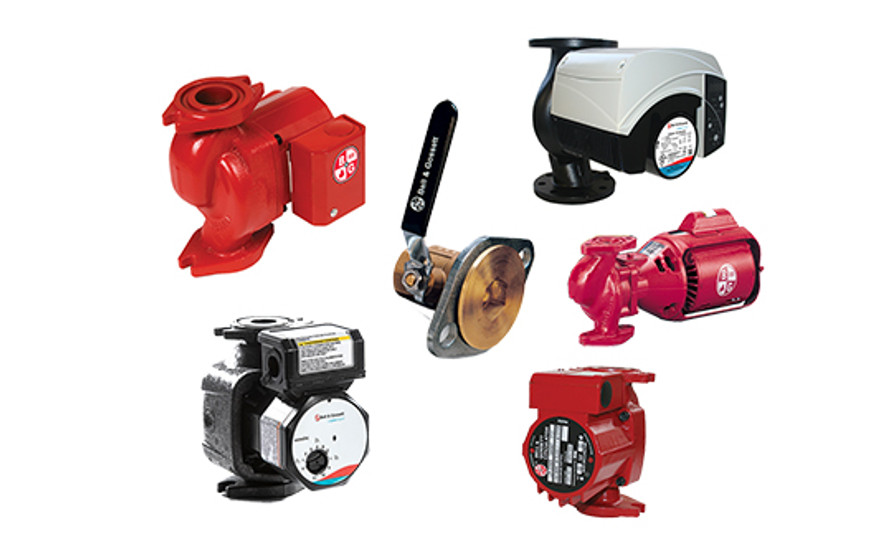When it comes to ensuring optimal circulation and distribution of hot water in various heating systems, circulator pumps play a crucial role. These unassuming devices are the unsung heroes behind the scenes, silently working to keep the warmth flowing through your pipes. In this guide, we'll delve into the world of circulator pumps, answering common questions and shedding light on a cost-effective consideration that could save you money.
How Do Circulator Pumps Work?
Circulator pumps are designed to enhance the efficiency of hot water distribution systems. They operate by continuously circulating water within a closed loop, allowing heated water to flow from the heat source (such as a water heater) to the various radiators, baseboard heaters, or other heat emitters throughout a building. The primary goal is to maintain a consistent temperature and ensure that each room receives the desired level of warmth.
Push or Pull: Dispelling the Myth
One frequently asked question is whether circulator pumps push or pull water. The answer lies in the mechanics of these pumps. Circulator pumps are specifically designed to push water through the system, overcoming the resistance posed by pipes and components. As they push water forward, they create a pressure gradient that facilitates the movement of water through the loop. This ensures that heated water reaches its intended destination effectively.
The Role of Circulator Pumps in Hot Water Heaters
In the context of a hot water heater, a circulator pump plays a pivotal role in maintaining a ready supply of hot water. As the water heats up within the heater, the circulator pump propels it through the distribution system. This process ensures that hot water is readily available at your faucets, showers, and other outlets whenever you need it. Without the circulator pump, you might find yourself waiting for hot water to travel from the heater to the tap—a delay that's far from ideal, especially during the chilly months.
Detecting Trouble: Symptoms of a Faulty Circulator Pump
A malfunctioning circulator pump can disrupt your heating system and leave you in the cold. Recognizing the signs of a problem can help you address issues promptly. Keep an eye out for the following symptoms:
- Inconsistent Heating: If certain areas of your home are noticeably colder than others, it could indicate that the circulator pump isn't distributing hot water evenly.
- Strange Noises: Unusual noises, such as loud humming or rattling, may suggest mechanical issues within the pump.
- Frequent Cycling: Circulator pumps should operate smoothly without frequent starting and stopping. If you notice rapid cycling, it's a red flag that the pump might be struggling.
- Leakage: Any visible leaks around the pump or in the vicinity should be addressed immediately, as they could lead to further damage.
- Decreased Efficiency: Higher energy bills could be a result of an inefficient circulator pump that's working harder than necessary.
Unlocking Economical Potential: The Cast Iron and Bronze Connection
Now, let's explore an interesting cost-saving consideration. The PL series pumps, such as the PL-75B and PL-75 models, offer similar functionality with a distinct difference. These pumps are available in both cast iron and bronze versions. The only variance lies in the material of the volute and the paint color. This seemingly minor distinction opens up an economical opportunity in specific scenarios.
Imagine you have a bronze pump installed and the volute is in excellent condition. In such cases, opting for a cast iron pump and swapping out the volutes could be a financially savvy move. Since all other parts remain the same, the cost difference between cast iron and bronze could translate into significant savings. For instance:
- The PL-75B Bronze Model (Link) is priced at $1381.
- The PL-75 Cast Iron Model (Link) comes in at $941.
By understanding this option, you can make an informed decision that aligns with your budget while ensuring the efficient operation of your heating system.
